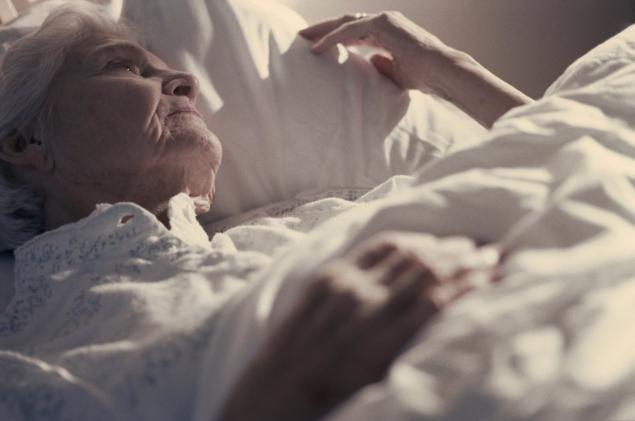-
Tips for becoming a good boxer - November 6, 2020
-
7 expert tips for making your hens night a memorable one - November 6, 2020
-
5 reasons to host your Christmas party on a cruise boat - November 6, 2020
-
What to do when you’re charged with a crime - November 6, 2020
-
Should you get one or multiple dogs? Here’s all you need to know - November 3, 2020
-
A Guide: How to Build Your Very Own Magic Mirror - February 14, 2019
-
Our Top Inspirational Baseball Stars - November 24, 2018
-
Five Tech Tools That Will Help You Turn Your Blog into a Business - November 24, 2018
-
How to Indulge on Vacation without Expanding Your Waist - November 9, 2018
-
5 Strategies for Businesses to Appeal to Today’s Increasingly Mobile-Crazed Customers - November 9, 2018
People Are Living Longer Than Ever Before, But Are Sicker
Life expectancy has escalated to a great extent since 1990 as people even in poor nations are living longer than ever, though many of them struggling with sickness and age-old ailments, finds a new study.
Advertisement
The study researchers, during their study, studied all major diseases and injuries in 188 countries. There are exceptions, of course.
Dr Shiue said: “Healthy life expectancy takes into account not just mortality, but the impact of non-fatal conditions and summarises the years lived with disability and the years lost due to premature mortality”.
Ethiopia is one of several countries that have been rising to the challenge to ensure that people live lives that are both longer and healthier.
The researchers found that although life expectancy in the UK had increased, this was not necessarily spent in good health, with Alzheimer’s disease becoming more prevalent, particularly in men.
“The increase in healthy life expectancy has not been as dramatic as the growth of total life expectancy, and as a result, people are living more years with illness and disability”.
A Japanese woman on the other hand will live for at least 5.5 years longer than her male counterpart – 86.39 compared to 80.08 years. But living healthily is still an issue.
In comparison, an Indian woman is expected to live a healthy life till almost when she is 60 years old, spending roughly 8 years in ill health.
In India, the leading causes of health loss, as measured by DALYs, in 2013 were ischemic heart disease (IHD), chronic obstructive pulmonary disease (COPD), lower respiratory infections, tuberculosis, neonatal pre-term birth complications, neonatal encephalopathy, diarrhoeal diseases, cerebrovascular disease, road injury, and low back and neck pain.
Causes of health loss differed by gender in India as well. “We must remain vigilant in addressing this new reality of Ethiopian health”.
In countries like South Africa, Paraguay, and Belarus life expectancy actually dropped. However, life expectancy grows; global life expectancy for both sexes from from 65.3 in 1990 to 71.5 in 2013. In 1990, the life expectancy for men and women was 57.25 years and 59.19 years respectively and has increased to 64.16 for men and 68.48 years for women as measured in 2013.
But the health study did not stop here. There were also numerous changes identified when it came down to the direction of change and rates. Many countries including Belize, Syria and Botswana, however, did not see significant improvements in over two decades.
According to the World Health Organization (WHO), Europe showed stagnation in showing better life expectancy during the 1990s, but after 1990 when life expectancy increased by 6 years around the world, Europe also saw some increase. Only IHD was among the 10 leading causes of health loss for women in 1990. Countries with the lowest rates of health loss include Italy, Spain, Norway, Switzerland, and Israel.
The Global Burden of Disease Study 2013 likewise revealed that people in Lesotho have the lowest healthy life expectancy at 42 years while people in Japan have the highest at 73.4 years.
Advertisement
The researchers considered demographic levels such as per capita income, population age, fertility rates, and years of schooling.





























